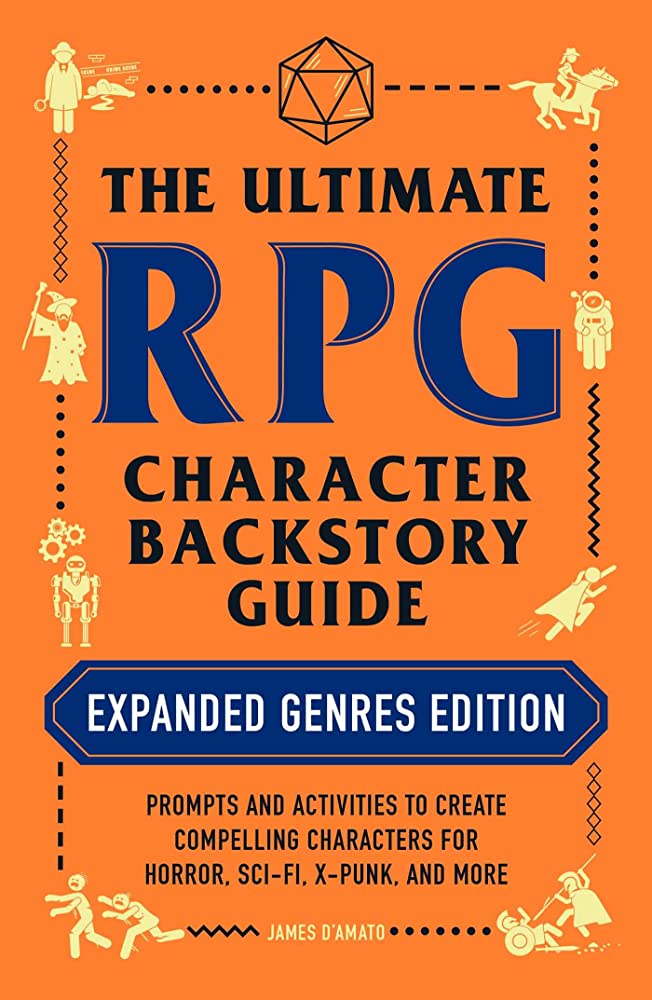Creating compelling RPG protagonists is crucial for an immersive gaming experience. A well-crafted backstory rooted in the game’s world, motivational factors, and defined stakes is essential. Adding personality traits that make them relatable and realistic is essential. One should avoid creating a “perfect” character and incorporate character flaws for a more compelling arc. Interpersonal relationships, whether romantic, friendly or rivalrous, are critical for an organic character development that affects their personality, backstory, and motivations. Appearance and abilities should be carefully crafted, complementing the character’s design and not overpowering. Crafting all these elements gives birth to an engaging protagonist.
The Art of Character Creation: How to Build Compelling RPG Protagonists
Introduction
Role-playing games (RPGs) offer an immersive experience where players assume the role of a protagonist and make decisions that impact the story. However, for the story and gameplay to be engaging, it is imperative to have well-crafted protagonists. Creating well-rounded and compelling RPG protagonists is an art that requires careful consideration of several elements. In this article, we will explore the art of character creation and provide tips on how to build compelling RPG protagonists.
Character Backstory
The protagonist’s backstory is one of the most crucial elements of character creation. It gives players a glimpse into the protagonist’s history and why they behave the way they do in the game. A well-crafted backstory should be grounded in the game’s world, provide context for the character’s motivations, and provide opportunities for character development throughout the game.
For example, a character who lost their family to a plague may be driven to find a cure, leading to storylines about medical research and the ethics surrounding it. Additionally, backstory can create opportunities for gameplay mechanics that reflect the character’s history, like a character who is skilled in medicine because they used to work as a field medic.
Personality Traits
Personality traits are another crucial element of character creation. A protagonist’s personality influences their behavior and decision-making, which can impact the story’s outcome. Good RPG protagonists should have a mix of positive and negative traits, making them relatable and realistic.
One common mistake made when creating RPG protagonists is making them “perfect.” A character with no flaws or negative traits can be challenging to write and lack relatability. On the other hand, a flawed protagonist who struggles with their demons can make for a more compelling character, leading to more poignant character arcs.
Motivations
The protagonist’s motivations are what drive them through the game’s story. These motivations should be clearly defined and grounded in the game’s world. Motivations can stem from a desire for justice, loyalty to a friend, or a thirst for power. Regardless of what motivates the protagonist, it should be something that drives them in a way that makes sense for the character.
In addition to motivation, it’s important to consider the stakes for the protagonist. The stakes refer to what the protagonist stands to gain or lose as they pursue their goals. Stakes are necessary to create tension and conflict, which is essential for engaging storytelling.
Interpersonal Relationships
Interpersonal relationships are critical to character development and story progression. How the protagonist interacts with other characters can shape their personality, motivations, and backstory. It’s essential to consider what relationships and dynamics exist between the protagonist and other characters. Depending on the game’s setting, players may have control over how these relationships are developed and can either hurt or help the protagonist.
Characters can have romantic relationships, friendships, rivalries, and more, each serving as an opportunity for character growth and story progression. They should be developed in a way that feels organic and believable, and not merely for the sake of creating conflict or drama.
Appearance and Abilities
Appearance and abilities are the most noticeable elements of character creation. However, they should not be the main focus of the protagonist’s character design. While the appearance and abilities of the protagonist can add to the immersion of the game, they should be carefully crafted to complement the other elements of their character design, rather than detract from them.
When crafting a character’s abilities, they should be tied to the character’s backstory and motivations. For example, a character who has a background in engineering could have special abilities that relate to mechanical repairs or hacking. These abilities should also be balanced with other characters in the game, ensuring that they add to the gameplay experience without making the protagonist overpowered.
Conclusion
In conclusion, the art of character creation is an essential aspect of building a compelling RPG protagonist. By creating a well-crafted backstory, defining clear motivations and stakes, developing relatable personality traits, creating organic interpersonal relationships, and carefully crafting their appearance and abilities, players can create a protagonist that is engaging and immersive.
